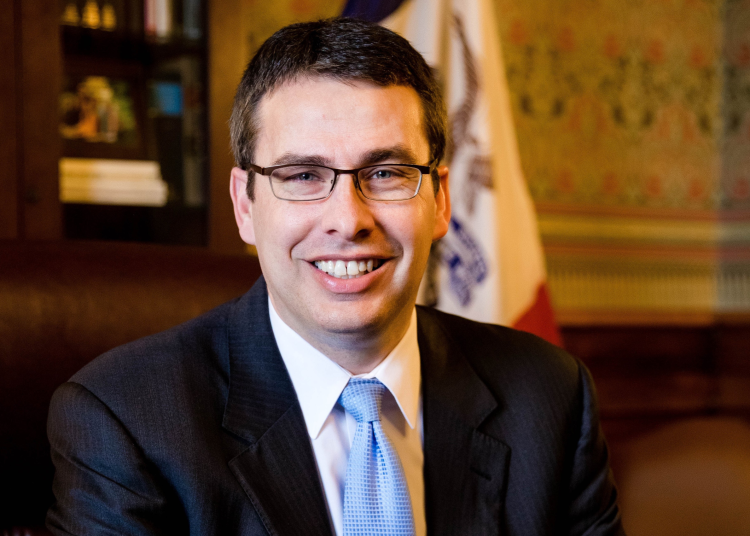By Marty Lenss / Guest Column
For the fourth consecutive month, the Eastern Iowa Airport has enjoyed record-breaking passenger numbers. To date, 4.6 percent more passengers have passed through the airport than during the same months last year — and 2017 was a record year.
The airport serves 30 percent of Iowa’s total air passenger volume, and handles nearly 45 percent of Iowa’s air cargo volume. These are impressive statistics, and we thank each of you who chose the Eastern Iowa Airport. But they obscure a seriously negative trend.
Twenty U.S. communities lost all their air service this year. Another 26 communities lost 75 percent of their air service. Why are these airports no longer connected? In part, because of a growing pilot shortage.
By 2021, the national system is forecast to be short 5,000 pilots. Without those pilots, 500 aircraft will no longer fly. The pilot workforce shortage swells to nearly 15,000 by 2026, which means nearly 1,500 grounded aircraft.
Iowans should be concerned because 79 percent of our air service is on regional airlines. These airlines are the primary source of newly hired pilots for mainline carriers, so the airlines that serve Iowa have the most acute pilot shortage.
Iowa’s air transportation system consists of eight commercial service airports, including two – Des Moines and our facility in Cedar Rapids – that are classified as small hubs. Each will be negatively impacted by the pilot shortage to an extent. Communities that cannot support aircraft with 76 seats or more are especially vulnerable. Smaller aircraft, like the turboprops and small regional jets that provide most of Iowa’s service, are no longer being manufactured. Turboprop departures were down 31.5 percent in 2017, and 37- to 50-seat regional jet aircraft departures were down 7.5 percent.
If a community loses so much service that the airport no longer enplanes 10,000 passengers a year, Federal Aviation Administration (FAA) funding goes away. That can be as much as $1 million annually.
Efforts have been implemented to address the shortage. Regional airline pilot pay is high-er than ever, but even as pay increases, so does the pilot shortfall. We have learned that money won’t fly an airplane.
Other solutions deserve consideration. The FAA can approve additional pilot training pathways, but due to the politically charged nature of the issue, the FAA won’t take action without a directive from Congress.
Pilot training is expensive, but not eligible for traditional student financial aid and education loans. We need to make training more accessible. Pilot training also needs to be modernized and based on data-driven principles, to move prospective pilots safely and efficiently through their education. Those in the aviation business need to encourage more young people to consider the profession.
The entire industry needs to come together and work with government to address the problem. We cannot afford to see this as a competitive issue, pitting airlines and airports against each other.
Iowa’s economy demands a strong and robust commercial air service system. The time to act is now. Contact your elected representatives and urge them to help solve the national pilot shortage problem.
Marty Lenss is airport director of the Eastern Iowa Airport in Cedar Rapids.




